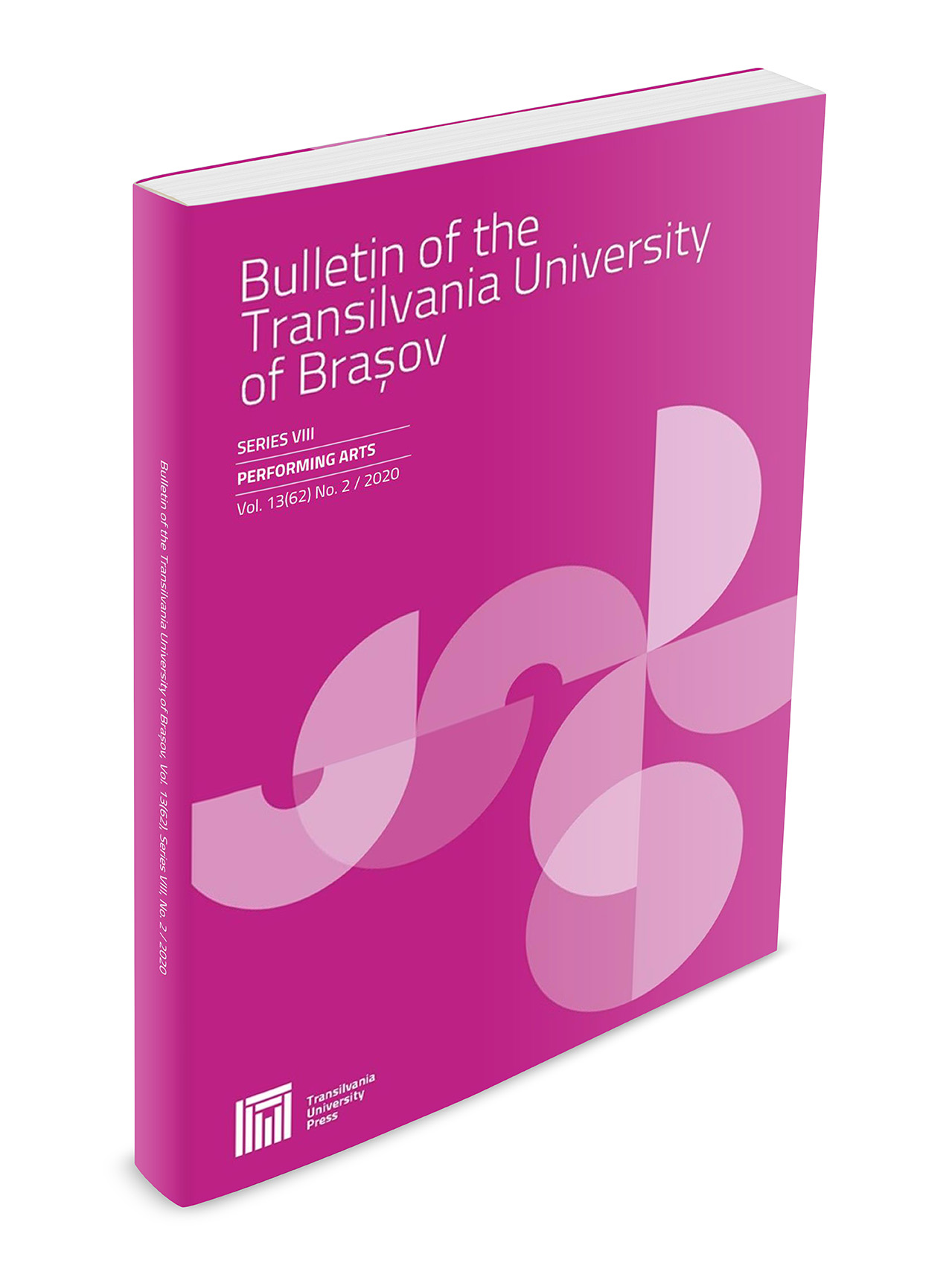The bassoon between tradition and avant-garde in the Romanian school (last half of the 20th century beginning of the 21st century)
DOI:
https://doi.org/10.31926/but.pa.2023.16.65.3.4Keywords:
bassoon, avant-garde, traditional, solo musical works, Romanian schoolAbstract
This article explores the evolution of the bassoon in the Romanian school of music from the late 20th century to the beginning of the 21st century. It examines the cultural and political context that influenced the development of the Romanian school of composition and the diversification of artistic currents. The article highlights the technical improvements in the bassoon and the contributions of Romanian bassoonists in expanding the repertoire for the instrument. It also discusses the exploration of new effects and sounds in contemporary compositions. The article showcases notable works in the Romanian school of music, including Nicolae Brânduș' "Melopedie & Fugue," Maya Badian's "Capriccio," Ștefan Niculescu's "Monophonie – Sonata," and Violeta Dinescu's "Satya II." Overall, the article emphasizes the fusion of tradition and avant-garde elements in the Romanian school of music and the continuous push to expand the boundaries of the bassoon.Downloads
Published
Issue
Section
License
Copyright (c) 2023 Bulletin of the Transilvania University of Braşov. Series VIII: Performing Arts

This work is licensed under a Creative Commons Attribution 4.0 International License.




